
Description Emily Pauline Johnson, who was also known by the Mohawk name Tekahionwake, was a Canadian poet and author born in 1861. Born to a Mohawk father and an English mother, she was known for introducing indigenous culture to a wider North American and European audience. In Legends of Vancouver, perhaps her best-known prose work, Johnson tells stories of the Squamish people, as relayed to her by Chief Joe Capilano, whom she befriended upon moving to Vancouver in 1909. She provides her own

Description Emma is one of Jane Austen’s best-loved novels. Its eponymous heroine, Emma Woodhouse, is described in the very first paragraph as “handsome, clever, and rich … and had lived nearly twenty-one years in the world with very little to distress or vex her.” In other words, she has lived a pampered, protected life and consequently is somewhat unrealistic in her regard for herself and her own abilities. She befriends Harriet Smith, a young woman of dubious parentage and no money and
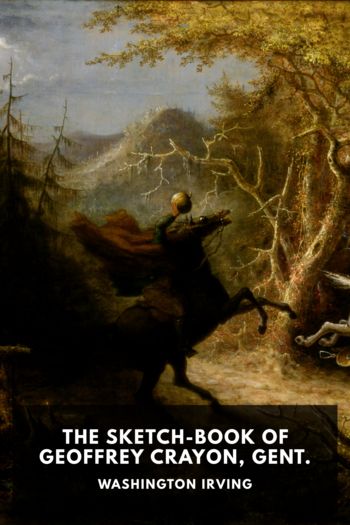
Description Initially published throughout 1819 and 1820, The Sketch-Book is a collection of 34 essays and short stories, collected and ordered according to the Author’s Revised Edition published in 1848. The Sketch-Book is the first publication to use Irving’s pseudonym Geoffrey Crayon, which he would carry into later works. The stories vary in nature, from the comical “The Mutability of Literature” to the eerie and seemingly supernatural “The Legend of Sleepy Hollow,” but the personality of
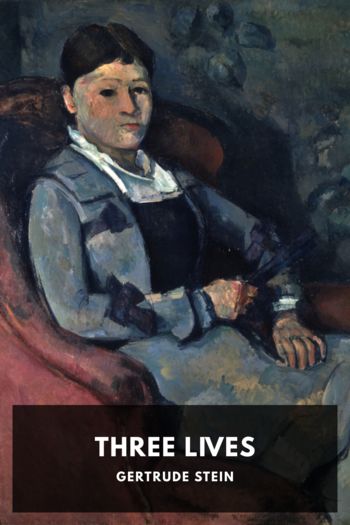
Description In Three Lives are the stories of three working-class woman from Bridgepoint—a town loosely based on Baltimore—in the early twentieth century. Each story tells of the hopes, loves, romances and sadnesses of the women as they live their lives. Written in a unconventional style, the lives of the three women are uncovered through their layered conversations and interactions more than through detailed depictions. The book is notable for its descriptions of homosexual romance, something
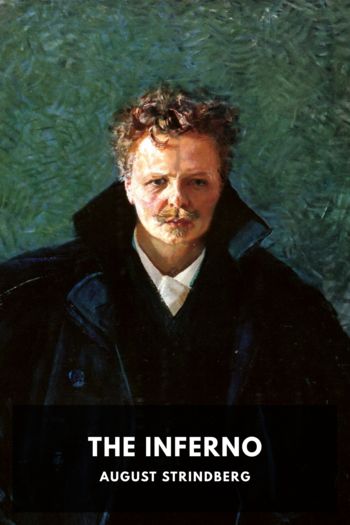
Description The narrator of The Inferno—ostensibly August Strindberg himself—has not had an easy recent past, and a move to Paris is not helping. As his mania overtakes his ability to function in the society of artists, writers, scientists and philosophers he’d like to be part of, he turns to more unconventional methods to help make sense of his world. Written in diary form, The Inferno is a semi-autobiographical work that blends self-deprecating humour with a whirl of neurosis and attempted
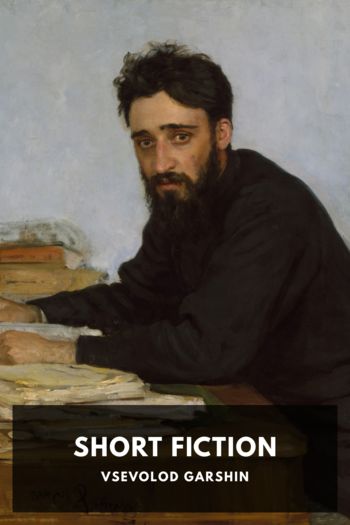
Description Vsevolod Garshin’s literary career followed a stint as a infantry soldier and later an officer, and he received both public and critical acclaim in the 1880s. Before his sadly early death at the age of thirty-three after a lifelong battle with mental illness he wrote and published nineteen short stories. He drew on his military career and life in St. Petersburg as initial source material, and his varied cast of characters includes soldiers, painters, architects, madmen, bears, frogs
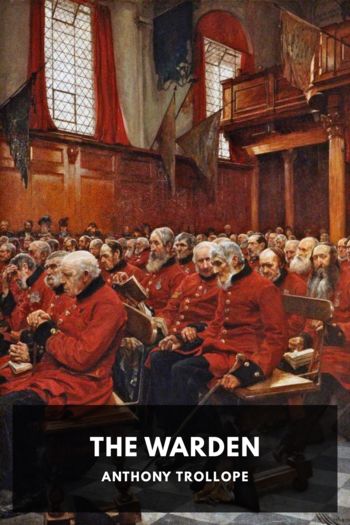
Description The Warden is concerned with the unassuming Rev. Septimus Harding, who has for many years been the Warden of Hiram’s Hospital in the fictional town of Barchester. This “hospital” is what we would today probably call an aged-care or retirement home. It was established under the provisions of a will to look after the needs of old men too feeble to work any longer and unable to support themselves. Mr. Harding benefits financially from his position, though the duties are very slight. A
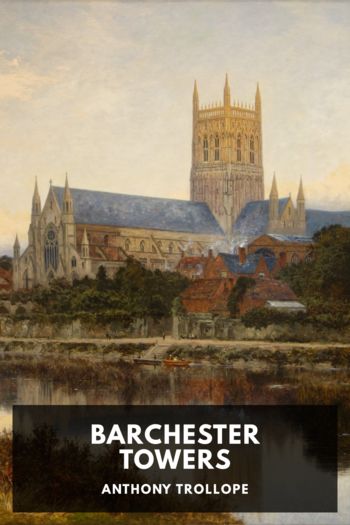
Description Barchester Towers, published in 1857, is the sequel to Trollope’s The Warden and continues the story of the clerical doings in the fictional cathedral town of Barchester. As this novel opens, the old Bishop of Barchester lies dying, and there is considerable doubt as to who will replace him. The Bishop’s son Dr. Grantly, the Archdeacon, has high hopes of succeeding him, but these hopes are dashed and a new Bishop, Dr. Proudie, is appointed. Along with Dr. Proudie comes his

Description Published in 1915, The Thirty-Nine Steps is a thriller set in Britain on the eve of the First World War. The novel’s protagonist, Richard Hannay, is an expatriate Scot who has just returned to London after many years in South Africa working in the mining industry. He finds England extremely dull and is just considering returning to South Africa when he is accosted by another inhabitant of the block of flats where he is living. This man, Scudder, tells Hannay he knows of a
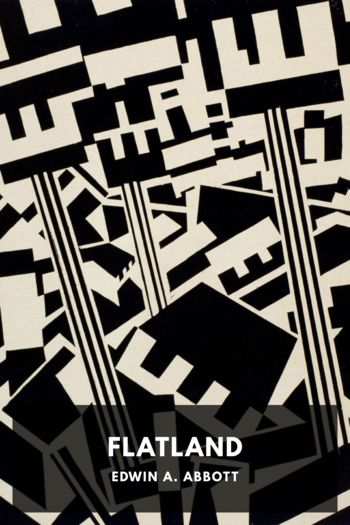
Description Flatland is uniquely both a social critique and a primer on multi-dimensional geometry. Written in two parts in 1884 by Edwin A. Abbott, an English mathematician and theologian, it tells the story of a square living in Flatland: a two-dimensional realm. After a dream of a restrictive one-dimensional existence and the difficulties this poses, he is visited by a sphere from a three-dimensional space who wishes to enlighten him into the ways of “Upward, yet not Northward.” Edwin A.

Description Emily Pauline Johnson, who was also known by the Mohawk name Tekahionwake, was a Canadian poet and author born in 1861. Born to a Mohawk father and an English mother, she was known for introducing indigenous culture to a wider North American and European audience. In Legends of Vancouver, perhaps her best-known prose work, Johnson tells stories of the Squamish people, as relayed to her by Chief Joe Capilano, whom she befriended upon moving to Vancouver in 1909. She provides her own

Description Emma is one of Jane Austen’s best-loved novels. Its eponymous heroine, Emma Woodhouse, is described in the very first paragraph as “handsome, clever, and rich … and had lived nearly twenty-one years in the world with very little to distress or vex her.” In other words, she has lived a pampered, protected life and consequently is somewhat unrealistic in her regard for herself and her own abilities. She befriends Harriet Smith, a young woman of dubious parentage and no money and

Description Initially published throughout 1819 and 1820, The Sketch-Book is a collection of 34 essays and short stories, collected and ordered according to the Author’s Revised Edition published in 1848. The Sketch-Book is the first publication to use Irving’s pseudonym Geoffrey Crayon, which he would carry into later works. The stories vary in nature, from the comical “The Mutability of Literature” to the eerie and seemingly supernatural “The Legend of Sleepy Hollow,” but the personality of

Description In Three Lives are the stories of three working-class woman from Bridgepoint—a town loosely based on Baltimore—in the early twentieth century. Each story tells of the hopes, loves, romances and sadnesses of the women as they live their lives. Written in a unconventional style, the lives of the three women are uncovered through their layered conversations and interactions more than through detailed depictions. The book is notable for its descriptions of homosexual romance, something

Description The narrator of The Inferno—ostensibly August Strindberg himself—has not had an easy recent past, and a move to Paris is not helping. As his mania overtakes his ability to function in the society of artists, writers, scientists and philosophers he’d like to be part of, he turns to more unconventional methods to help make sense of his world. Written in diary form, The Inferno is a semi-autobiographical work that blends self-deprecating humour with a whirl of neurosis and attempted

Description Vsevolod Garshin’s literary career followed a stint as a infantry soldier and later an officer, and he received both public and critical acclaim in the 1880s. Before his sadly early death at the age of thirty-three after a lifelong battle with mental illness he wrote and published nineteen short stories. He drew on his military career and life in St. Petersburg as initial source material, and his varied cast of characters includes soldiers, painters, architects, madmen, bears, frogs

Description The Warden is concerned with the unassuming Rev. Septimus Harding, who has for many years been the Warden of Hiram’s Hospital in the fictional town of Barchester. This “hospital” is what we would today probably call an aged-care or retirement home. It was established under the provisions of a will to look after the needs of old men too feeble to work any longer and unable to support themselves. Mr. Harding benefits financially from his position, though the duties are very slight. A

Description Barchester Towers, published in 1857, is the sequel to Trollope’s The Warden and continues the story of the clerical doings in the fictional cathedral town of Barchester. As this novel opens, the old Bishop of Barchester lies dying, and there is considerable doubt as to who will replace him. The Bishop’s son Dr. Grantly, the Archdeacon, has high hopes of succeeding him, but these hopes are dashed and a new Bishop, Dr. Proudie, is appointed. Along with Dr. Proudie comes his

Description Published in 1915, The Thirty-Nine Steps is a thriller set in Britain on the eve of the First World War. The novel’s protagonist, Richard Hannay, is an expatriate Scot who has just returned to London after many years in South Africa working in the mining industry. He finds England extremely dull and is just considering returning to South Africa when he is accosted by another inhabitant of the block of flats where he is living. This man, Scudder, tells Hannay he knows of a

Description Flatland is uniquely both a social critique and a primer on multi-dimensional geometry. Written in two parts in 1884 by Edwin A. Abbott, an English mathematician and theologian, it tells the story of a square living in Flatland: a two-dimensional realm. After a dream of a restrictive one-dimensional existence and the difficulties this poses, he is visited by a sphere from a three-dimensional space who wishes to enlighten him into the ways of “Upward, yet not Northward.” Edwin A.